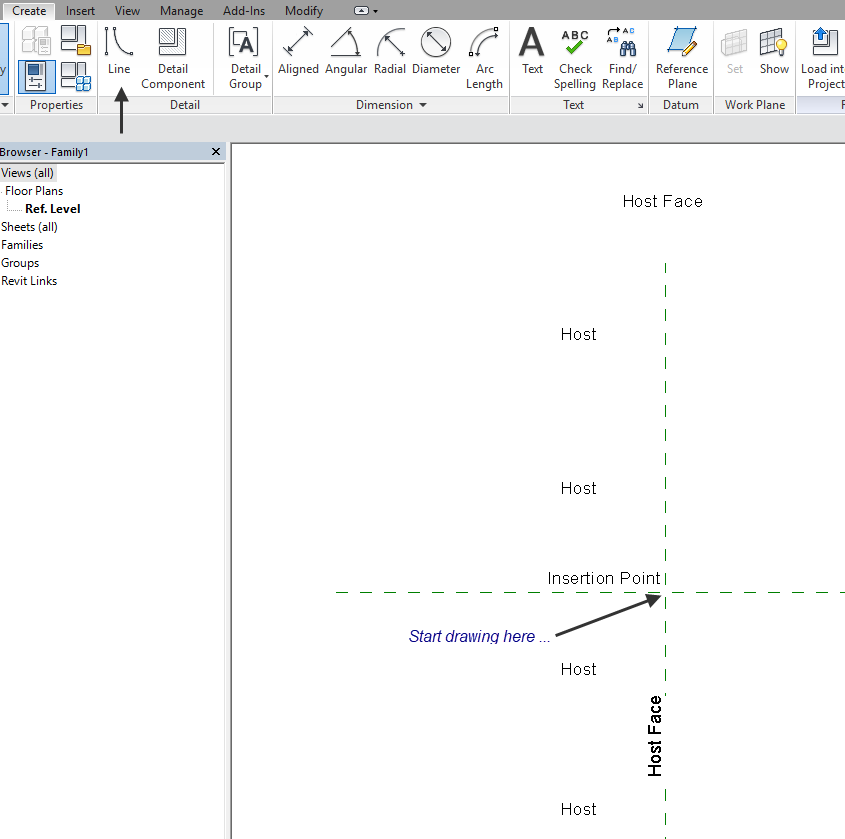

The objective of the Autodesk Revit 2017 (R1) BIM Management: Template and Family Creation student guide is to enable users who have worked with the software to expand their knowledge in setting up office standards with templates that include annotation styles, preset views, sheets, and schedules, as well as creating custom system, in-place, and component families. Having this in place makes the process of any new project flow smoothly and efficiently. A key component in managing the BIM process is to establish a company foundation for different types of projects by creating standard templates and custom family elements. Autodesk Revit for Architecture, MEP, and Structure is a powerful BIM program that supports the ability to coordinate, update, and share design data with team members throughout the design construction and management phases of a buildings life. For example, a wall system family may host a standard door/window assembly.Building Information Modeling (BIM) is an approach to the entire building life cycle.


System families can also host other kinds of families, usually loadable families. You can copy and paste any number of individual types, or use a tool to transfer all types in the system families that you specify. You can delete all but one system family type in a system family, because you need at least one type per family to create new system family types.Īlthough you cannot load system families into templates and projects, you can copy and paste or transfer system family types between projects and templates. You cannot create, copy, modify, or delete system families, but you can duplicate (copy) and modify the types within system families to create your own custom system family types. System families are predefined in Revit and saved in templates and projects, not loaded into templates and projects from external files. System families also include project and system settings, which affect the project environment and include types for elements such as levels, grids, sheets, and viewports. System families contain family types that you use to create basic building elements such as walls, floors, ceilings, and stairs in your building models.


 0 kommentar(er)
0 kommentar(er)
